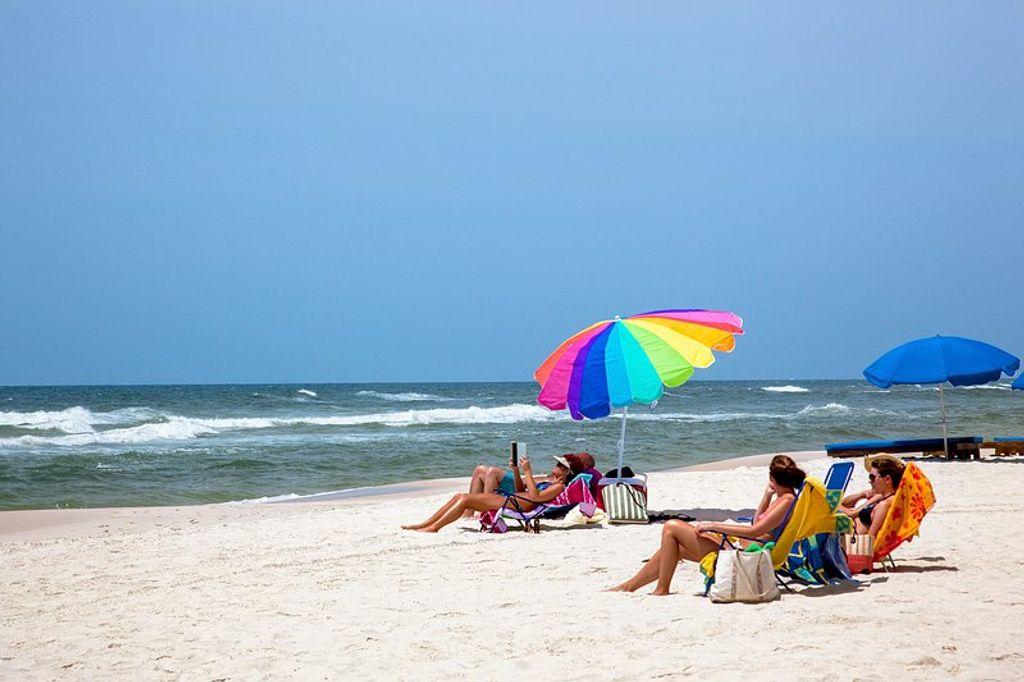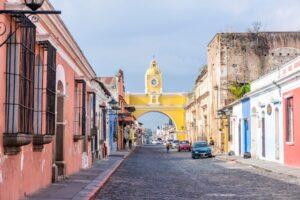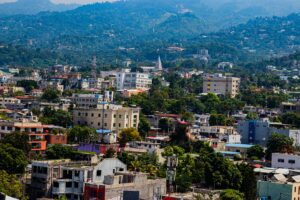Cozumel, a beautiful island located off the coast of Mexico’s Yucatan Peninsula, is currently facing a significant seaweed invasion. The rise of sargassum, a type of seaweed, is causing environmental consequences and impacting the local economy. However, efforts are being made to battle the seaweed invasion and find innovative solutions to turn it into a resource. Despite the challenges, the future outlook for Cozumel remains hopeful. Here are the key takeaways from exploring the seaweed situation in Cozumel:
Key Takeaways
- The rise of sargassum is causing environmental consequences and threatening marine life in Cozumel.
- The seaweed invasion is negatively impacting the tourism industry and the local economy.
- Local efforts are being made to battle the seaweed invasion, including manual removal and the use of barriers.
- Innovative solutions are being explored to turn seaweed into a resource, such as using it for fertilizer or as a building material.
- Despite the challenges, there is hope for Cozumel to overcome the seaweed situation and continue to thrive as a popular tourist destination.
The Seaweed Invasion: What’s Happening in Cozumel

The Rise of Sargassum: Causes and Impact
Sargassum is a brown macroalgae that grows in the Sargasso Sea, a floating habitat in the Atlantic Ocean. It has an important ecological function, but human activity and climate change have caused its uncontrollable growth. The increase of sargassum in the Mexican Caribbean is due to factors like climate change and ocean contamination. It covers beaches, affects the marine ecosystem, and harms the local economy. The Caribbean Sea is particularly damaged as the sargassum mass runs into the shore and blocks sunlight and oxygen from reaching coral reefs and seagrass beds.
The Environmental Consequences: Threats to Marine Life
Sargassum, a brown algae that floats on the surface of the ocean, can create an unpleasant smell, stain clothes, and attract insects. It also blocks sunlight and oxygen from reaching coral reefs and seagrass beds. This seaweed outbreak has been a recurring problem since 2015, affecting Cancun and other parts of the Caribbean. Climate change, ocean currents, and nutrient pollution contribute to the seaweed invasion.
Tourism Takes a Hit: How Seaweed Affects the Economy
The seaweed invasion in Cozumel has had a significant impact on the local economy. The tourism industry, which is a major source of revenue for the island, has been greatly affected. Tourists are hesitant to visit the beaches covered in seaweed, leading to a decrease in bookings and revenue for hotels and businesses. Local initiatives are being implemented to mitigate the impact of seaweed, but it remains a challenge for the economy of Cozumel.
Local Efforts: Battling the Seaweed Invasion
Support Local Initiatives: Many local organizations and hotels are spearheading efforts to mitigate the impact of sargassum on the coastline. By choosing accommodations that actively engage in seaweed cleanup and conservation projects, you can contribute to the preservation of Cancun’s breathtaking beaches.
Innovative Solutions: Turning Seaweed into a Resource
While the seaweed invasion has caused problems on Tulum’s beaches, local initiatives have turned the problem into an opportunity for a sustainable future. The Quintana Roo state government is working on finding ways to turn this issue into an opportunity. With help from the Mexican government, Tulum sargassum is being transformed into a variety of products like bio-fertilizers, building materials, and even artificial vegan leather. It’s not just Tulum either; the sargassum in Cancun is also being used by locals for a variety of purposes.
The Future Outlook: Can Cozumel Overcome the Seaweed Challenge?
Cozumel’s future in dealing with the seaweed challenge looks promising. Local initiatives are turning the problem into an opportunity for a sustainable future. Researchers are finding ways to transform seaweed into bio-fertilizers, building materials, and even vegan leather. With innovative solutions and ongoing efforts, Cozumel is determined to overcome the seaweed invasion.
Conclusion
In conclusion, navigating the seaweed situation in Cozumel requires a positive mindset and a sense of adventure. While sargassum may be a natural occurrence that affects the beaches, there are still plenty of ways to enjoy your time in this beautiful destination. Stay informed about seaweed conditions through reliable monitoring websites and apps, and be open to embracing the seaweed by building sculptures or participating in friendly challenges. If you prefer seaweed-free beaches, seek out sanctuaries like Playa Delfines and Playa Norte. And remember, even if the seaweed is present, there are always other attractions to explore, such as the stunning cenotes or the vibrant nightlife. So pack your beach bag, keep an open mind, and make the most of your time in Cozumel!
Frequently Asked Questions
What is causing the rise of sargassum in Cozumel?
The rise of sargassum in Cozumel is primarily caused by climate change and nutrient pollution. Increased temperatures and nutrient runoff from agricultural activities contribute to the growth of sargassum blooms.
How does seaweed invasion impact marine life in Cozumel?
Seaweed invasion can have negative impacts on marine life in Cozumel. The excessive seaweed can block sunlight, leading to a decrease in oxygen levels and affecting the survival of coral reefs and other marine organisms. It can also disrupt the feeding and reproductive patterns of marine species.
What are the environmental consequences of the seaweed invasion in Cozumel?
The seaweed invasion in Cozumel has several environmental consequences. It can lead to the loss of biodiversity, damage to coral reefs, and the release of hydrogen sulfide gas as the seaweed decomposes, which can be harmful to both marine and human health.
How does seaweed affect the economy of Cozumel?
Seaweed can have a significant impact on the economy of Cozumel, particularly on the tourism industry. The presence of excessive seaweed can deter tourists from visiting the beaches, leading to a decrease in revenue for hotels, restaurants, and local businesses that rely on tourism.
What efforts are being made to combat the seaweed invasion in Cozumel?
Local authorities and organizations in Cozumel are implementing various strategies to combat the seaweed invasion. These include manual removal of seaweed from beaches, installation of barriers to prevent seaweed from reaching the shore, and research on innovative ways to repurpose seaweed.
Are there any innovative solutions to turn seaweed into a resource in Cozumel?
Yes, there are innovative solutions being explored to turn seaweed into a resource in Cozumel. These include using seaweed as a fertilizer in agriculture, producing biofuels from seaweed, and developing seaweed-based products such as cosmetics and food supplements.




